Hello my name is Maya and I’m a rising senior studying photography and film. My project this summer is exploring photography’s relationship to social change. Images have always been important tools for social change — we see this through documentary and activist photography, which has been around since the invention of the medium. I’ve been thinking about change in two ways; one being externally focused—such as concrete attempts at social reform—and the other is more internally focused and understands large-scale social change as a slow growing result of individuals’ personal and inner changes. This more internal way of looking at social change is based on my readings of the Indian philosopher Sri Aurobindo. He believes the problems of the outer-world are deeply rooted within the individual, and must first be addressed internally in order to be solved.
Thus far in my research, I’ve had more success in connecting photography to the external idea of change, rather than the internal. I’ve been visiting archives and libraries to gain access to photographers’ writings, negatives, and personal research.
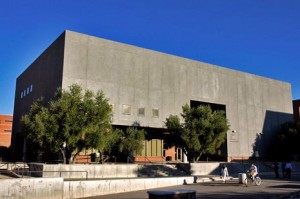
On a road trip from New York to Los Angeles I visited the Center for Creative Photography in Tucson, Arizona. The center houses an amazing collection of North American photographs and archival documents. At the research center I was able to look at a huge archival file for Magnum Photos, which is a cooperative of photojournalists and social documentary photographers. I looked at the files for photographers such as Bruno Barbey, Ian Berry, Sebastio Salgado, Mary Ellen Mark, and Susan Meiselas. Looking at the research documents, articles, negatives, and prints of these photographers allowed me to address some of the questions I’m asking in this project. I’ve been looking to see if the documentation of social injustices can lead to change, and if so, are there more effective styles or ways to photograph such topics? Do certain aesthetic styles inspire change, personal interest, or responsibility in the viewer more than others?
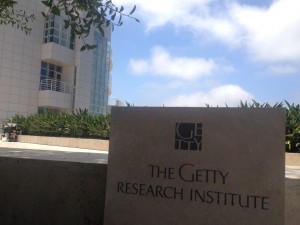
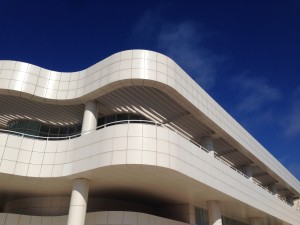
Since being in Los Angeles I have been exploring on these questions at the Getty Research Institute. In addition to being a great museum, the Getty has amazing resources for photography theory, as well as an extensive photo archive. I’ve been finding that there are many different visual styles for social documentary photography — some photographers tend to aestheticize the injustices, violence, and suffering they see, while others focus more on the content being shown than the way they show it. I’ve come across a lot of criticism of the aestheticization—for example, Susan Meiselas has been criticized for using color film to photograph violence and suffering, and Sebastio Salgado has been criticized for the beauty of his images that so greatly contrasts the content.
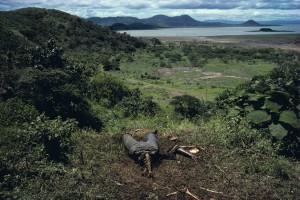
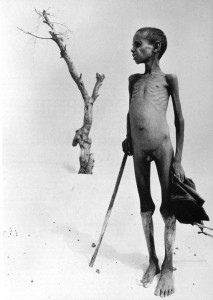
A main theme that I have come across is photographers trying to strike a balance between showing the injustices and expressing the feelings of those suffering, while also keeping it relatable to the viewers. It is so easy for such photographs to seem unreal. This can cause the viewer to become indifferent to the content. I think finding that balance is incredibly difficult, but extremely important in trying to inspire people to care and feel enough about social injustices so that they want to look for solutions.
I’m excited to say I’m heading to Paris in a few days to move forward with my research. Paris is a very important city to the invention and beginning of photography, as well as home to many influential photographers. I’m going to continue to look at the work and writings of documentary and activist photographers at archives and museums. I also want to focus on finding photographers who are using their work to address internal change as a way to achieve greater social change. I’m not sure how this will play out yet, but I’m looking forward to finding out!
— Maya W Richardson
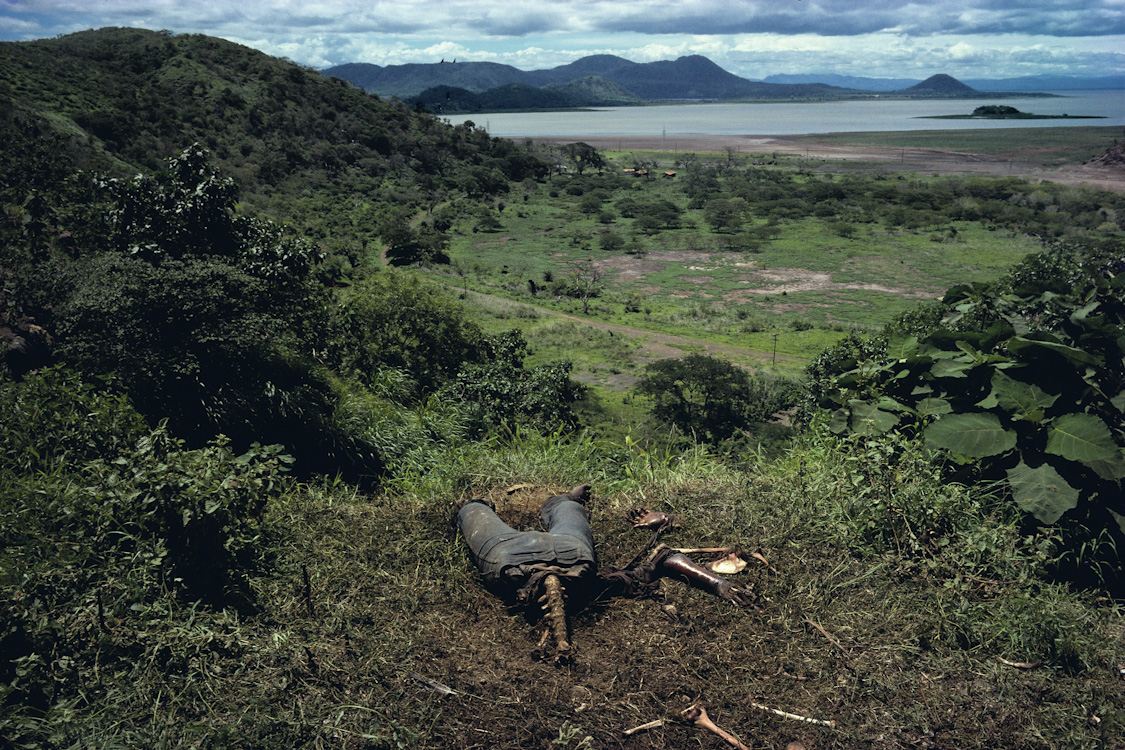
Wow that is so awesome you were able to check out the in depth files of those photographers, especially Susan Meiselas and Mary Ellen Mark 😉 Your road trip looked really fun! I hadn’t heard of Sebastiao Salgado but was aware of the controversy faced by Meiselas in photographing social change/social suffering. What has always interested me with early documentary photographers in these situations is the potentially invaluable role they can play in recording human rights abuses in environments where the media cannot report, as Meiselas did in Nicaragua in the 80s. I always think that theoretically today in a time when nearly everyone has access to a cell phone with a camera, there is less “need” for an outsider to be the window into a conflict. But then with the introduction of so many image creators/capturers, a more nuanced eye becomes all the more important. I guess I’m curious about your perspective on this. How does the role of the outside-image-maker change when images become more common?
Also I NEED to talk to you about the Mary Ellen Mark exhibit in celebration of her life here in Oaxaca! 🙂
I’ve seen some of Sebastiao Salgado’s work before and I recently saw his documentary The Salt of the Earth, which if you haven’t seen yet you should as it directly addresses many of your questions. I think it is precisely this beautiful depiction of human suffering that makes his work so powerful, and as you said, copntreversial. His images question the role of the social photographer: when is one simply an observer capturing suffering for a later abstract form of help through raising awareness, and when is there a human imperative to put down the expensive equipment and help another person in need? These two are often at odds, and when it is a foreigner coming into poorer cultures to capture their suffering for foreign exhibitions, as is often the case with Salgado, there rises a question as to the fetishization or commodification of the third world. I found it interesting at the end of the film, when considering his last great photographic endeavor, he chose to look at the great natural beauty of our world, rather than its suffering. Genesis is hanging here in Berlin right now, but I imagine it will be somewhere near you soon too so go check it out!